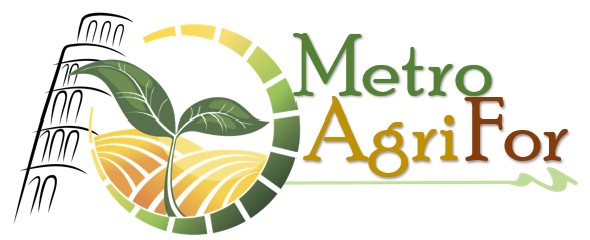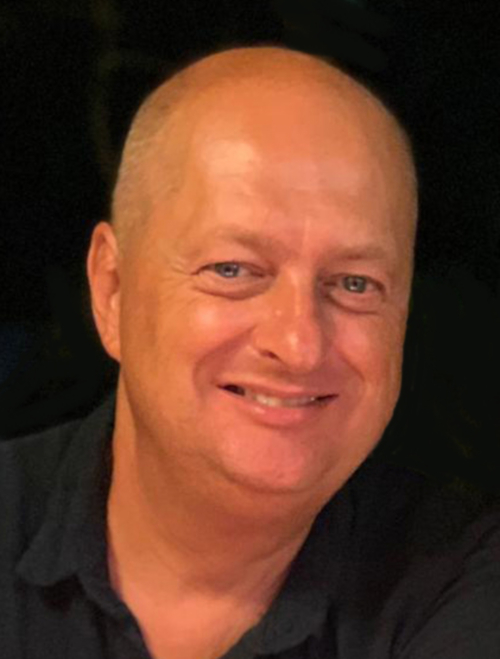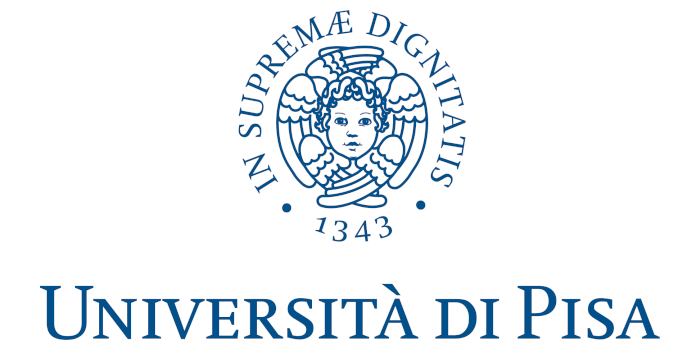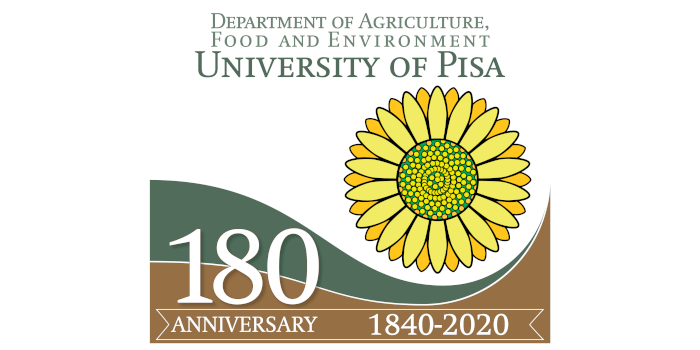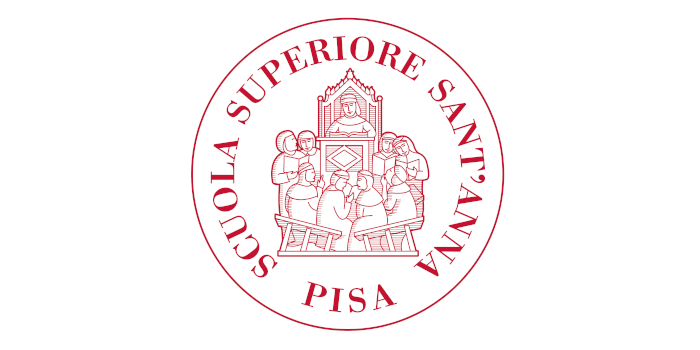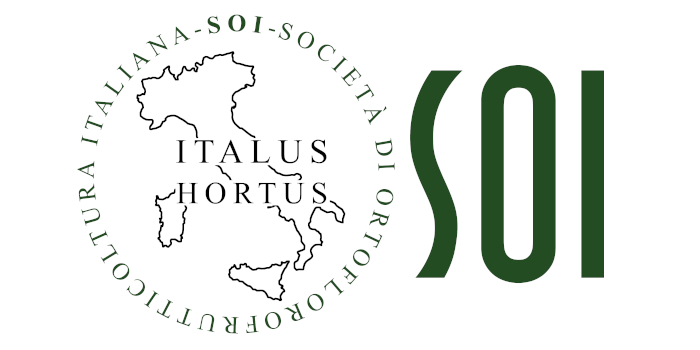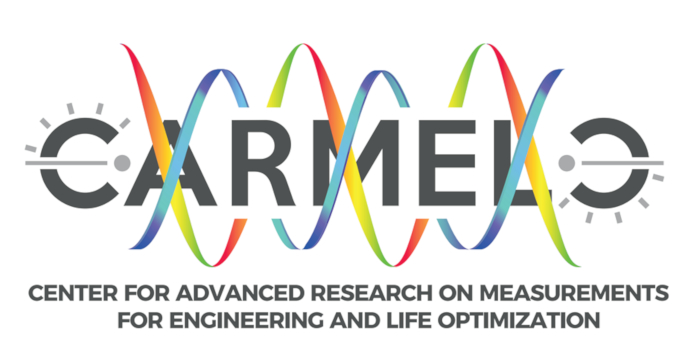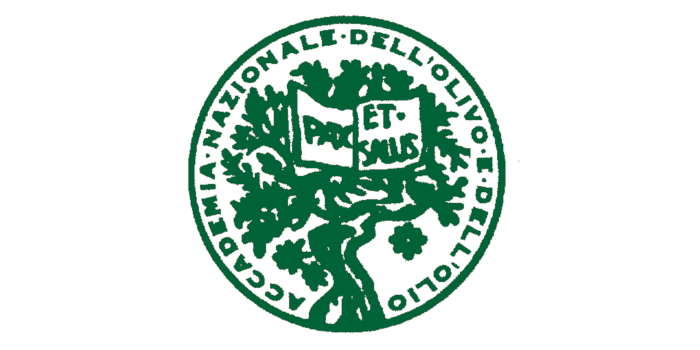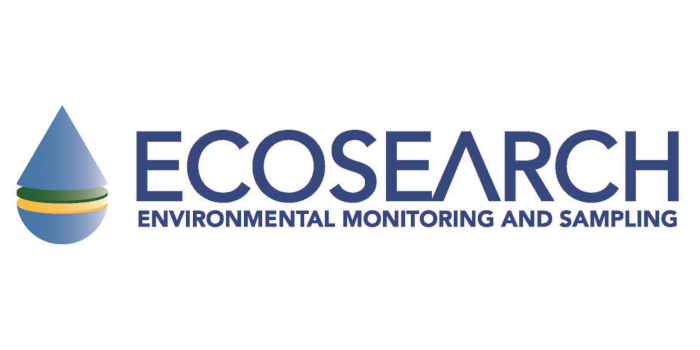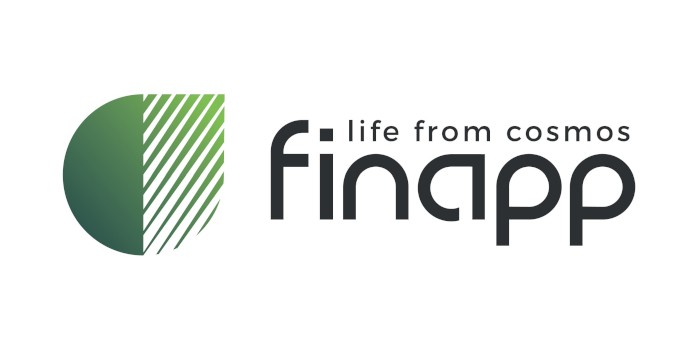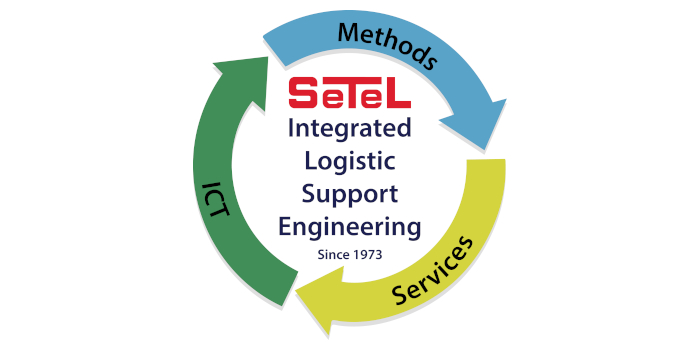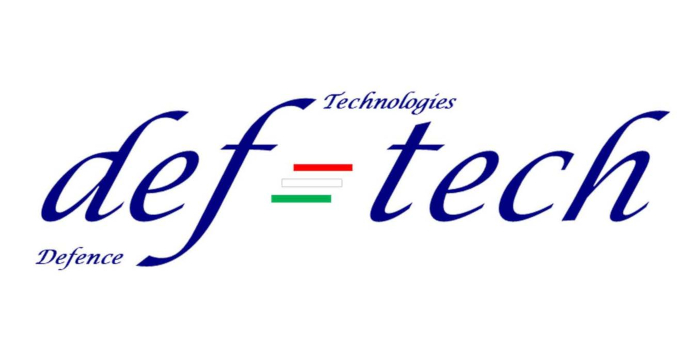TUTORIAL
Opportunistic Use of Microwave Satellite Signals for Rainfall Measurement
Filippo Giannetti
Department of Information Engineering
University of Pisa, Italy
ABSTRACT
To date, quantitative precipitation estimation can be obtained by several observing systems, using different measurement principles, and yielding different time/space resolutions and accuracies. The simplest, cheapest and most widespread devices are tipping-bucket rain gauges (TBRGs). These are point devices with a small measuring area, yielding the accumulated rainfall (in mm) in a given amount of time at a given location. However, they provide quantized readings of the accumulated rainfall, are not suited for accurate estimates of rainfall intensity (in mm/h), are susceptible to mechanical problems, and their accuracy is affected by the wind. Furthermore, spatial maps of cumulated rainfall that are provided by networks of telemetered TBRG are usually characterized by spatially-inhomogeneous density. Other point-measurement instruments of the non-catching type, called disdrometers, yield better performance, but are still considered research devices and are much less common than rain gauges. On the other hand, satellite sensors, both active and passive, suffer from scarce time and space resolution, while ground-based weather radars, though providing better resolutions, are expensive, are not available in many regions of the globe, and are powerful sources of electromagnetic (e.m.) radiation which need the permission from competent authorities.
In the last decades, in addition to the techniques mentioned above, a promising low-cost technique emerged for effective and reliable rainfall estimates with high spatial and temporal resolutions. Such a new paradigm "opportunistically" relies on the wide availability of microwave (MW) signals generated by (pre-existing) communication systems, either terrestrial or satellite-based. These signals, termed “signals of opportunity”, can be the MW backhaul links of the cell phone networks operating between 15 and 40 GHz (termed commercial microwave links, CMLs), or the downlinks of direct-to-home (DTH) satellite broadcasting services operating in Ku-band between 10 and 13 GHz (termed satellite microwave links, SMLs). As is well known, an e.m. wave that propagates in the atmosphere interacts with precipitation particles, in the form of liquid and mixed-phase hydrometeors, and is attenuated due to both scattering and absorption phenomena. In particular, rainfall becomes a major source of attenuation at frequencies above 5 GHz. The basic idea underlying the opportunistic approach consists then in measuring, at the receiver site, the attenuation experienced by the MW signal through the rain, and, by resorting to appropriate empirical models, to analytically infer the rainfall intensity along the "wet" segment of the MW link. In particular, SML-based rain estimate turns out very a appealing way to complement conventional measurement techniques, thanks to the following features: low cost of commercial-grade receive equipment for satellite DTH broadcasts; ease of installation of new terminals wherever higher spatial density is required, especially in rural areas that are not adequately covered by CLMs.
The potentials of the opportunistic SML approach to rainfall measurement spurred the NEFOCAST (2016-2019) and the INSIDERAIN (2020-2022) projects, both funded by the Government of the Tuscany Region (Italy), and aimed at the development, test and validation of a network of SML-based sensors in rural enviroments. SMLs sensors are also employed in the framework of the H2020 project SCORE1, addressing water and climate-related hazards to increase climate resilience of European coastal cities.
1 The author acknowledges funding and support from the project SCORE (Smart Control of the Climate Resilience in European Coastal Cities) funded by European Commission’s Horizon 2020 research and innovation programme under grant agreement No. 101003534.
SPEAKER BIOGRAPHY
Filippo Giannetti is a professor of telecommunications at the Department of Information Engineering of the University of Pisa, Italy. His main research interests concern digital signal processing, wireless communications, satellite systems, radiopropagation and rainfall measurement. He worked in several international projects (EU's FP7 and H2020, ESA) and authored more than 170 journal and conference papers. He is co-inventor of several patents, including an innovative technique for rainfall estimation based on opportunistic measurement of satellite signal strength. He is also member of the editorial board of EURASIP Journal on Wireless Communications and Networking.
